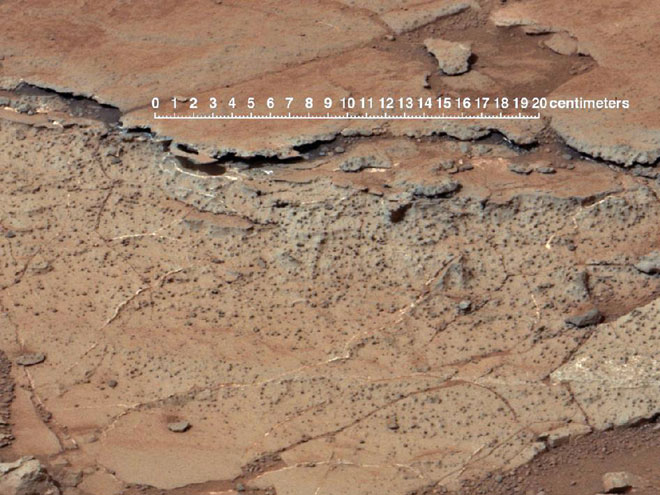
WASHINGTON (PTI): Large pits on the lunar surface may hold the key to living on the Moon, according to a new NASA study.
These pits could provide astronauts with shelter from the radiation, dust and temperature swings.
While the Moon's surface is battered by millions of craters, it also has over 200 holes - steep-walled pits that in some cases might lead to caves that future astronauts could explore and use for shelter, NASA said.
The pits range in size from about 5 meters across to more than 900 meters in diameter, and three of them were first identified using images from the Japanese Kaguya spacecraft.
Hundreds more were found using a new computer algorithm that automatically scanned thousands of high-resolution images of the lunar surface from NASA's Lunar Reconnaissance Orbiter (LRO) spacecraft's Narrow Angle Camera (NAC).
"Pits would be useful in a support role for human activity on the lunar surface," said Robert Wagner of Arizona State University, Tempe, Arizona.
"A habitat placed in a pit - ideally several dozen meters back under an overhang - would provide a very safe location for astronauts: no radiation, no micrometeorites, possibly very little dust, and no wild day-night temperature swings," said Wagner, lead author of the research published in the journal Icarus.
Most pits were found either in large craters with impact melt ponds, areas of lava that formed from the heat of the impact and later solidified, or in the lunar maria, dark areas on the Moon that are extensive solidified lava flows hundreds of miles across.
Various cultures have interpreted the patterns formed by the maria features in different ways; for example, some saw the face of a man, while others saw a rabbit or a boy carrying a bundle of sticks on his back.
The pits could form when the roof of a void or cave collapses, perhaps from the vibrations generated by a nearby meteorite impact, according to Wagner.
The voids could also be created when molten rock flowed under the lunar surface; on Earth, lava tubes form when magma flows beneath a solidified crust and later drains away.
The same process could happen on the Moon, especially in a large impact crater, the interior of which can take hundreds of thousands of years to cool, according to Wagner.
After an impact crater forms, the sides slump under lunar gravity, pushing up the crater's floor and perhaps causing magma to flow under the surface, forming voids in places where it drains away.
Exploring impact melt pits would pin down the nature of the voids in which they form.
 Previous Article
Previous Article Next Article
Next Article













The Indian Air Force, in its flight trials evaluation report submitted before the Defence Ministry l..
view articleAn insight into the Medium Multi-Role Combat Aircraft competition...
view articleSky enthusiasts can now spot the International Space Station (ISS) commanded by Indian-American astr..
view article